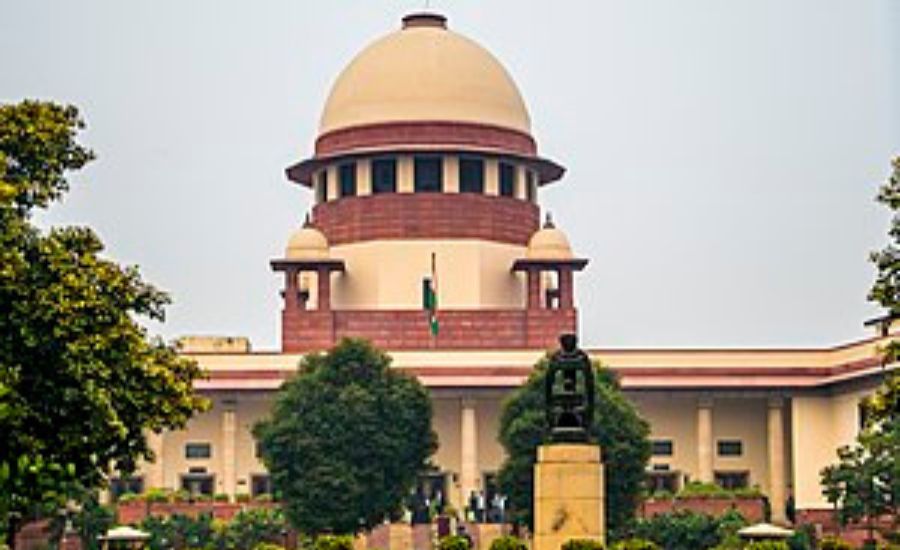
On 11 June 1991, 19-year-old Perarivalan was arrested for conspiring to assassinate Rajiv Gandhi. He was convicted for supplying batteries and other bomb materials to the suicide bomber who killed Rajiv Gandhi on 21 May 1991.
Perarivalan was sentenced to death.
In 2014 however, the Supreme Court commutated the sentence to life imprisonment as the President of India had been sitting on Perarivalan’s mercy petition for more than a decade. On 18 May 2022, nearly another decade later, the Court ordered the release of Perarivalan invoking its extraordinary powers under Article 142 of the Constitution.
Article 142 gives the Supreme Court the power to ‘…pass such decree or make such order as is necessary for doing complete justice in any cause or matter pending before it…’. The Court has interpreted this power to do ‘complete justice‘ rather widely and used it in a manner that has attracted controversy and debate.
The constitutional antecedent of Article 142 is Section 210 of the Government of India Act 1935 titled ‘Enforcement of decrees and orders of Federal Court and orders as to discovery…’. It empowered the Federal Court to secure attendance and production of documents in cases that invoked its civil and criminal jurisdiction. It also granted the Federal Court the power to investigate and punish matters relating to its contempt. The section cast a general obligation on all authorities to ‘aid the Federal Court’. Arguably, the section provided the Court with procedural and contempt powers.
Thirteen years later, Section 210 found its way into the Draft Constitution, 1948. Draft Article 118 (Article 142, Constitution of India 1950) carried the same title as Section 210 of the Government of India Act, except that it replaced ‘Federal Court’ with ‘Supreme Court’. It also retained the procedural and contempt powers present in Section 210.
Draft Article 118 contained a new clause that was not present in Section 210. This new clause gave the Supreme Court the power to pass any decree or order in the interest of achieving ‘complete justice’. What did doing ‘complete justice‘ mean? What types of Supreme Court actions come under the ambit of doing ‘complete justice‘? The Draft Article was adopted unopposed and without debate in the Constituent Assembly on 27 May 1949. So we are left without a sense of the Constituent Assembly’s intention of adding this new clause.
However, the term ‘complete justice’ was invoked by Constituent Assembly members while discussing other provisions of the Draft Constitution. During the debate around the Special Leave to Appeal, Alladi Krishnaswamy Ayyar noted that the Court could develop its own jurisprudence to do ‘complete justice’ in any case/matter. On the same day, Thakur Das Bhargava said that the Supreme Court enjoyed ‘divine rights’. He invoked Draft Article 118 to argue that the ‘Supreme Court will be able to deliver any judgment which does complete justice between States and between the persons before it’.
While some in the Assembly believed that the Supreme Court’s powers under Draft Article 118 were unfettered, the broader history of this Draft Article 118 suggests that it was intended to be limited to the exercise of procedural powers, such as the power to call for documents, witnesses, etc. and pursue matters of contempt.
In any case, after having spent 30 years in prison, with no decisions taken over his mercy petitions for decades and elongated political jostling over his release, Perarivalan would have walked out of prison with a sense that the Court had given him ‘complete justice’.
